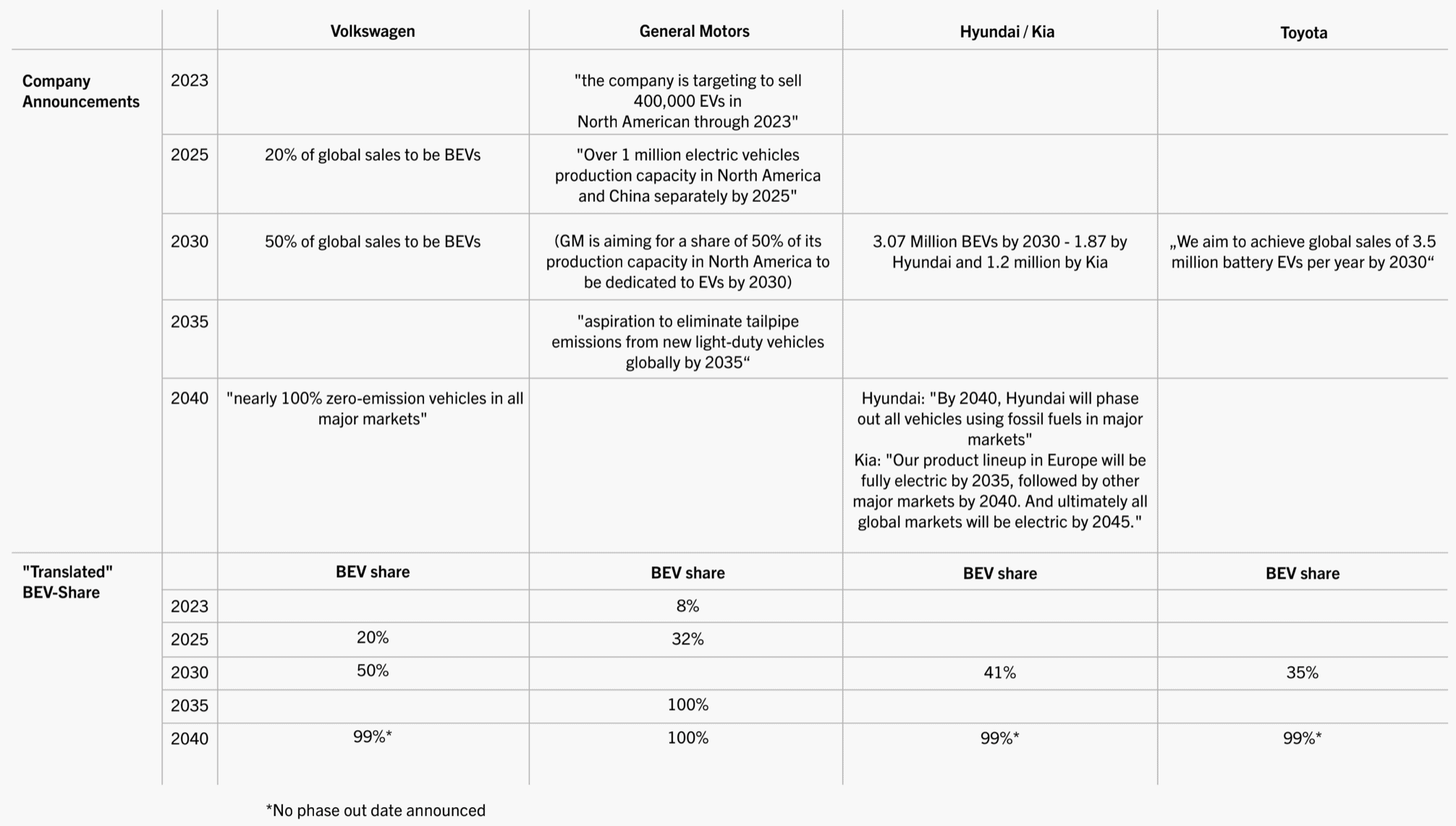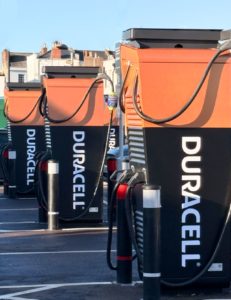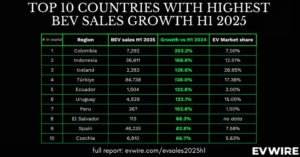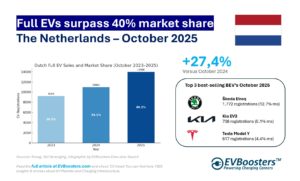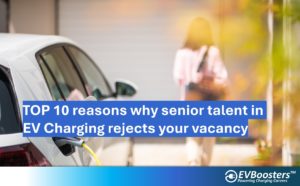One specific worldwide phase-out date, 2035, has only been disclosed by General Motors. Only KIA has pledged to phase out ICE globally by 2045, while Hyundai/Kia refer to doing so by 2040 in “major markets”.
The Volkswagen Group has backed down from its earlier commitment to a global phase-out date of 2040. The Volkswagen Group has agreed to take a number of interim measures, nevertheless. The company’s brand Audi also declared a switch to BEVs by 2032, but left out its largest market, China.
Toyota’s plans to phase out ICE cars are currently only applicable to its luxury brand Lexus, which accounted for around 7% of all sales in 2021. By 2035, Toyota wants Lexus to run entirely on electricity.
The EU enacted a new CO2 regulation in October 2022 that mandated automakers to stop selling ICE cars and vans in Europe starting in 2035. All of the firms analysed in this overview have declared their commitment to fulfilling these standards. According to the manufacturers’ intentions, this overview lists the major BEV ramp-up milestones. Press announcements, analyst briefings, yearly reports, and manufacturer queries all served as sources for the data.
Source:

